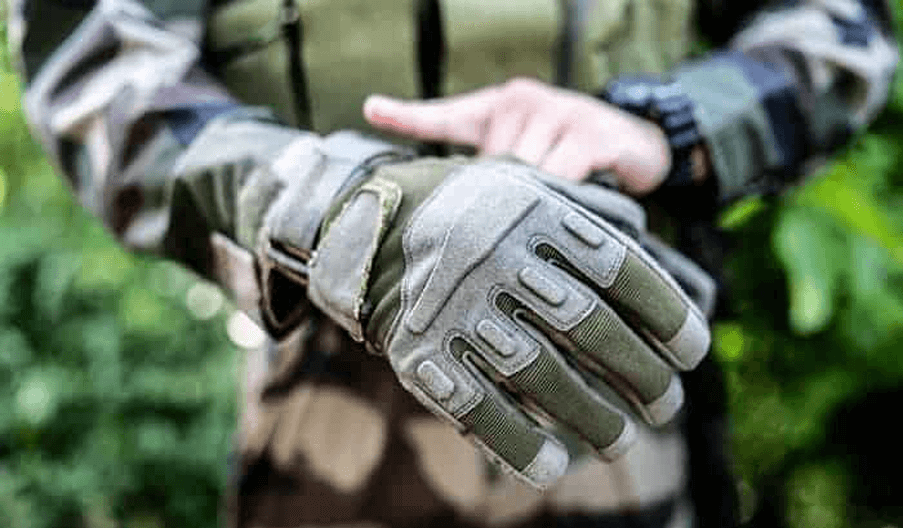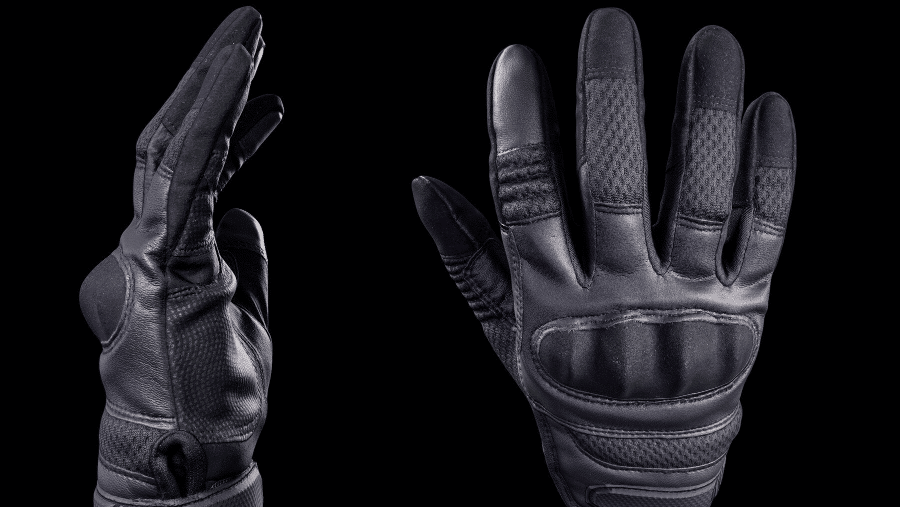📑Table of Contents:
In the world of self-defense gear, a few tools stand out. Pepper spray. Tactical flashlights. Steel batons. But one lesser-known item often sparks curiosity—and controversy: sap gloves.
They look like regular gloves. But inside, they’re anything but ordinary.
Sap gloves combine protection and striking power in one discreet design. However, owning or using them isn’t as simple as putting on a pair. You need to understand the risks, the benefits, and most importantly, the laws.
This guide will break it all down.

What Are SAP Gloves?
Sap gloves are tactical gloves with added weight across the knuckles or fingers. That weight usually comes from steel shot, powdered lead, or dense padding. The goal is simple: add force to your punch while protecting your hand from injury.
They’re often used by:
- Security guards
- Law enforcement (in some regions)
- Martial artists
- Every day, civilians are concerned with personal safety
At a glance, they can look like regular leather or synthetic gloves. But when used in a strike, the extra weight makes a clear impact.
How Do SAP Gloves Work?
It’s all about physics and protection. A punch with a sap glove delivers more force than a bare fist. The added mass increases momentum. That means harder hits with less effort.
But that’s only half the story.
These gloves also act like armor. They protect your knuckles, fingers, and wrists in a self-defense scenario, which can make the difference between fighting back or injuring yourself.
Let’s say you hit a hard surface, like someone’s skull or a wall. Without protection, your hand could break. With SAP gloves, the risk is significantly reduced.
Additionally, the gloves can help shield your hands from cold, rough surfaces, or glass in emergencies.
Why Are SAP Gloves Controversial?
Here’s where things get tricky.
Sap gloves can cause serious harm. That’s their purpose. But because of this, many states and countries consider them weapons, not just safety gear.
In some areas, carrying or using them could be illegal, even if you’re using them for self-defense.
Unlike regular tactical gloves, sap gloves are often placed in the same legal category as brass knuckles or batons. So, before you buy a pair, check your local laws. The consequences can include fines, confiscation, or even criminal charges.
Legal Status: Are SAP Gloves Legal?

It depends on where you live.
In some U.S. states, sap gloves are completely legal to own and carry. In others, they’re restricted or banned altogether. A few states consider intent—if you’re carrying them for protection vs. looking for trouble.
Some examples:
- Legal with restrictions: Arizona, Texas, Florida
- Generally prohibited: California, New York, Massachusetts
- Gray areas: Some states leave enforcement up to local jurisdictions
Outside the U.S., laws vary even more. In the UK, for instance, sap gloves are classified as offensive weapons.
Bottom line: do your homework before buying or carrying out any action. Just because you can buy them online doesn’t mean they’re legal where you are.
When Should You Use SAP Gloves?
Sap gloves are not toys. They’re serious tools.
Use them when:
- You’re trained in hand-to-hand self-defense
- You work in high-risk security roles
- You need protection in isolated or dangerous areas
- Local laws allow them
Even then, they should be a last resort, not a first response. Any physical confrontation carries risk. Sap gloves increase that risk for both parties.
Instead of relying solely on gear, pair your strategy with awareness, de-escalation techniques, and situational training.
Alternatives to Sap Gloves
If safety gloves are illegal or not right for you, there are safer (and often more legal) options for protection:
- Tactical gloves without added weight – These offer grip, padding, and hand safety.
- Pepper spray – Easy to carry, non-lethal, and legal in many places.
- Tactical pens – Look like ordinary pens but can be used as glass breakers or defensive tools.
- Personal alarms – A Loud sound can scare off attackers and draw help fast.
These alternatives are easier to explain in the event of questioning by law enforcement. They also reduce legal risk.
What to Look for in SAP Gloves (If Legal in Your Area)
If you’ve checked the laws and are clear to buy, here’s what to look for:
- Weight balance – Some gloves spread the weight; others focus it on the knuckles.
- Material – Leather offers durability; synthetics provide flexibility and breathability.
- Wrist support – Velcro straps or firm cuffs keep the glove stable during impact.
- Fit – A tight fit gives better control. Loose gloves reduce striking power.
Also, look for trusted manufacturers. Avoid cheap knockoffs. Poor stitching or inadequate weight distribution can reduce effectiveness and increase the risk of injury.

Final Thoughts: Know Before You Strike
Sap gloves walk a fine line between protection and power. In the right hands, and in the right setting, they can be a smart defensive tool. But they’re not for everyone.
Before you buy, ask yourself:
- Are they legal where I live?
- Am I trained to use them safely?
- Do I understand the risks?
If the answer is yes, they might be a strong addition to your self-defense toolkit. But if not, don’t worry. Plenty of smart, legal tools exist that offer similar protection, without the legal gray area.
Sometimes, strength isn’t about what’s on your hands. It’s about knowing when and how to act.





